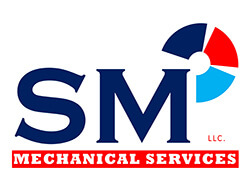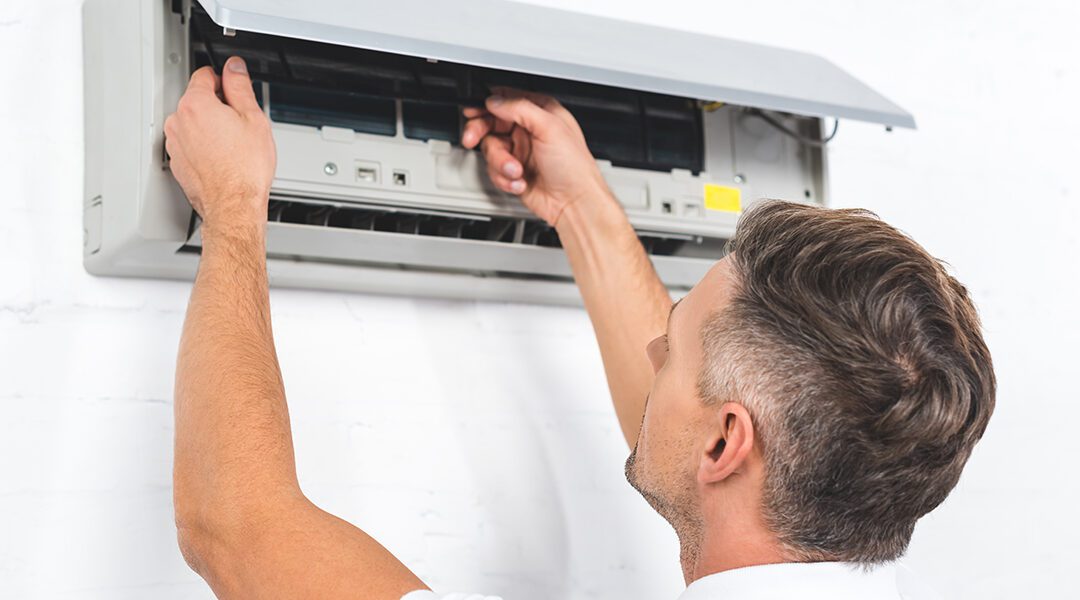Do you need to replace your furnace when replacing your air conditioner? Let SM Mechanical Services, LLC answer this question and more when you call (860) 296-5100!
Air conditioners are known for their durability, but even with proper maintenance that includes yearly inspections, most units don’t last longer than 15 years. Therefore, many experts recommend an air conditioner replacement every ten years.
However, many homeowners become shocked when technicians recommend a furnace replacement alongside their new air conditioner installation. Is this a classic example of a company trying to squeeze more money out of customers, or is this suggestion valid?
We’ll explore situations where it makes sense to replace your furnace alongside your air conditioner and when it’s unnecessary. Instead of a replacement, you may require furnace repair services in West Hartford.
What to Know About Your HVAC System
It’s easy to separate your heating system from your cooling and ventilation system in your mind. However, while air conditioners are technically independent of furnaces and ventilation systems, all three components work together. HVAC itself stands for:
- Heating
- Ventilation
- Air conditioning
At their core, all devices work to keep a building comfortable, no matter the temperature outside.
However, since all three components work together, you may wonder, “Do you need to replace a furnace when replacing your air conditioner?” We’ll explore some situations where the answer might be “yes.”
Mismatched HVAC Systems Sizes
To expertly cool and heat your house, your air conditioner and furnace should be the correct size. Instead of actual dimensions (though they can play a role), size refers to a unit’s overall power.
An overpowered or underpowered heating and cooling system can exponentially increase wear and tear. This wear and tear can reduce your furnace and air conditioner’s life expectancy.
Before replacing your air conditioner, be sure to get it properly sized. In the process, you can also get your furnace sized to ensure it’s compatible.
Incompatible Parts or Operating Functions
A compatible furnace paired with a corresponding air conditioner will increase efficiency, often lower energy bills, and avoid unnecessary wear and tear.
For example, suppose a furnace and evaporator coil are located inside your home and connected via your ductwork. Replacing an air conditioner without replacing this evaporator coil and furnace means you’re only replacing your air conditioner’s outdoor unit.
While everything will work fine initially, small components can come loose or break. In addition, every piece has a specific purpose, and parts added with incompatible operating functions put unwanted stress on your HVAC system.
You’re Upgrading to a Modern System
Replacing your furnace is especially relevant when upgrading your air conditioner to a modern model. Most new models today feature a much higher SEER (Seasonal Energy Efficiency Rating) than older models.
A highly-efficient indoor unit working with an inefficient outdoor unit will trigger system lags. These lags force ineffective components to work harder, trying to compete.
It’s important to note that your furnace still assumes a critical responsibility even during the summer. Your furnace’s blower motor circulates air throughout your home. Therefore, your motor blower must be compatible with your AC unit’s cooling, a process known as staging.
To reduce energy costs, many homeowners invest in air conditioners like a communicating air conditioner or a variable-capacity air conditioner.
The first air conditioner uses smart technology to learn and adapt to a user’s lifestyle. Essentially, they communicate with your thermostat. However, the process becomes harder if your furnace doesn’t have this smart technology.
A variable-capacity air conditioner can feature up to 700 different customized settings. These settings can significantly reduce energy bills and can target too hot or cold spots. However, you can’t reach this AC unit’s full potential without a variable blower motor for your furnace.
Both Systems Aren’t the Same Brand
Different brands can also impact a furnace and air conditioner’s ability to work together. For homeowners wanting to purchase something besides an entry-level AC unit, technicians recommend the furnace be the same brand.
In short, manufacturers construct their HVAC units and equipment using the same patented pieces.
Another advantage of having an air conditioner and a furnace from the same brand is their warranty. Unfortunately, sometimes a warranty is voided if two systems aren’t compatible. Having the same brand minimizes this risk.
You Want to Avoid Installation Costs Down the Road
Waiting to replace your furnace a year or two after your air conditioner means you’ll need to pay for a brand-new installation. Typically, an HVAC company will offer a discount for installing both systems simultaneously.
Sometimes these savings can be worth it, especially if your furnace’s lifespan is coming to an end.
When Don’t You Have to Replace Your Furnace?
Although it makes sense to replace your furnace in many situations, sometimes the answer the question, “Do you need to replace a furnace when replacing your air conditioner?” is no. Some examples might include:
- Your furnace is already compatible with your air conditioner
- Your furnace is relatively new and already fulfills your needs
- You replaced your furnace recently
Additionally, wanting to save money is often a valid reason. While you should consider replacing your furnace after 15 to 20 years, you may save more money if your furnace isn’t reaching the end of its lifespan.
However, having an HVAC technician inspect your furnace while replacing your air conditioner should always be a top priority. The correct HVAC technicians will give you honest opinions on whether or not it’s better to replace your furnace. They can also help you explore various options.
For Top-notch Air Conditioners and Furnaces Replacements, Call SM Mechanical Services, LLC Today
Whether dealing with a breakdown or wanting to reduce energy bills, many homeowners ask, “Do you need to replace a furnace when replacing your air conditioner?”
In many cases, replacing your furnace alongside your air conditioner makes sense. Doing so can help you avoid higher energy bills and wear and tear and increase overall efficiency. Our expert team can help you explore air conditioning and furnace options.
Discover the function of a condensation line and other helpful tips by calling SM Mechanical Services, LLC at (860) 296-5100!

